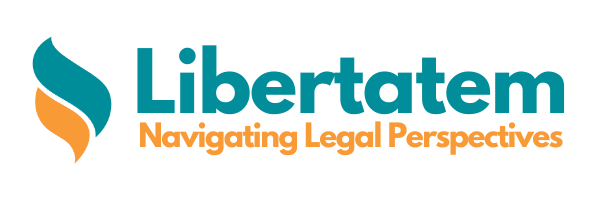Introduction
The semi-autonomous 62,000-square-mile triangle Jubba land region has become a battleground in the Kenya-Somalia maritime dispute. It is rooted in a disagreement over which direction, parallel to the equator or equidistant line, the border between the two countries extends into the Indian Ocean.
In 2009, the Kenyan Minister for Foreign Affairs and the Somali Minister for National Planning and International Cooperation signed a “Memorandum of Understanding” between the Government of the Republic of Kenya and the Transitional Federal Government of the Somali Republic. The MoU granted them a No-Objection in respect of servilities on the Outer Limits of the Continental Shelf beyond 200 Nautical Miles to the Commission on the Limits of the Continental Shelf (CLCS).
Background of the Case:
The case was brought into the International Court of Justice by Somalia in 2014; however, the hearing had been delayed and was scheduled to have taken place in June. However, due to COVID 19, the hearing is further pushed. The case received massive international attention because of its ramifications on the global energy market and lucrative oil and gas contracts. While the United States and France have backed Kenya’s claim; the United Kingdom and Norway have expressed support for Somalia.
The primary contentions raised by Kenya are, one, concerning the jurisdiction of the Court and the other the admissibility of the application. It claims that the Court lacks jurisdiction to entertain the dispute as the MoU is the method of settlement in the conflict. According to Paragraph six of the MOU, both parties agree to ask the CLCS for recommendations concerning the outer limits of the continental shelf. Kenya argues that no final agreement can be reached until the suggestions of the CLCS are out. However, in 2017, the ICJ, in the first hearing on this subject, clarified that Kenya’s preliminary objection to the jurisdiction of the Court must be rejected as neither the MOU nor Part XV of UN Convention on the Law of the Sea (UNCLOS) falls within the scope of the reservation to Kenya’s Optional Clause Declaration in the MoU.
The Legality of the MoU was questioned by the Somalian Representative, where they contended that the MOU was drawn up by the Government of Norway (which was assisting Somalia and Kenya in connection with their submissions to the CLCS) to facilitate the delineation of the outer limits of the continental shelf beyond 200 Nautical Miles by the CLCS. It contended that due to their internal conflicts, they could not negotiate the deal. Moreover, it claimed that Kenya had used this fruitlessly negotiated deal to leverage its economy from the Exclusive Economic Zone, which is in consideration. They also cited Nicaragua v. Honduras and Peru v. Chile , these ICJ judgements held that Equidistance is “the general rule” and “the usual methodology” applicable to maritime delimitation disputes.
Understanding the legality of the MoU:
While interpreting the MoU, one must apply the rules on interpretation to be found in Articles 31 and 32 of the Vienna Convention, which has consistently been considered to be reflective of customary international law. They state that any treaty must be viewed and interpreted to have been formed in good faith, considering its objectives, purpose and context. Moreover, it should also be seen in the light of any future agreement between parties as well as rules of international law.
An MoU is a legal binding agreement on a specific method for dispute settlement. Article 33 of the UN Charter provides that the parties to any dispute shall “seek a resolution by negotiation, enquiry, mediation, conciliation, arbitration, judicial settlement, resort to regional agencies or arrangements, or other peaceful means of their own choice”. Similarly, Article 280 of UNCLOS provides that nothing in Part XV impairs the right of the state parties to agree to say “any peaceful means of their own choice as between Kenya and Somalia, a solution by negotiation after CLCS Review is the method settlement constituting the “peaceful means of their own choice”. The MoU leaves no doubt in this regard to be wholly binding and enforceable.
Adhering with the Vienna Convention, the object and purpose of the MoU of 2009 were to agree on a method for the final settlement of the maritime boundary between Kenya and Somalia, within and beyond 200 Nautical Miles. The parties also agreed that they should follow a CLCS review after which the outer limit of the continental shelf could be definitively established the method of settlement for the delimitation of the full extent of the maritime boundary would be a negotiated agreement rather than recourse to any compulsory procedures.
Furthermore, the MoU in question was submitted to the UN for registration as the treaty and was duly published in both UN treaty Series and Law of the Sea Bulletin. Soon after it came into force, the MoU was also registered by the UN Secretary-General following Article 102 of the UN Charter. A certificate of registration was produced on 14 August 2009.
Conclusion:
The decision on legality and validity of the Memorandum of Understanding shall be made by balancing the will, purpose and benefits for both the African neighbours. The proxy battleground for determining this and its’ consequential enforceability is crucial as it forms the future of regional ambitions of the two divergent nations. The judgement of ICJ shall create not only a resolution for the conflicted nations but also a precedent in the maritime laws.

